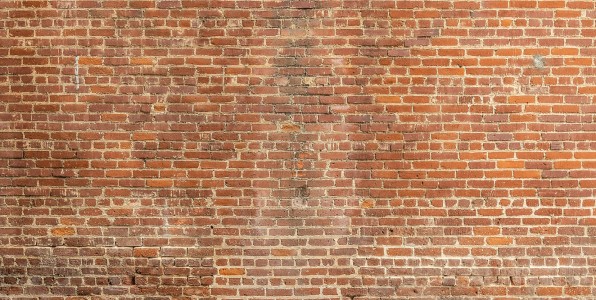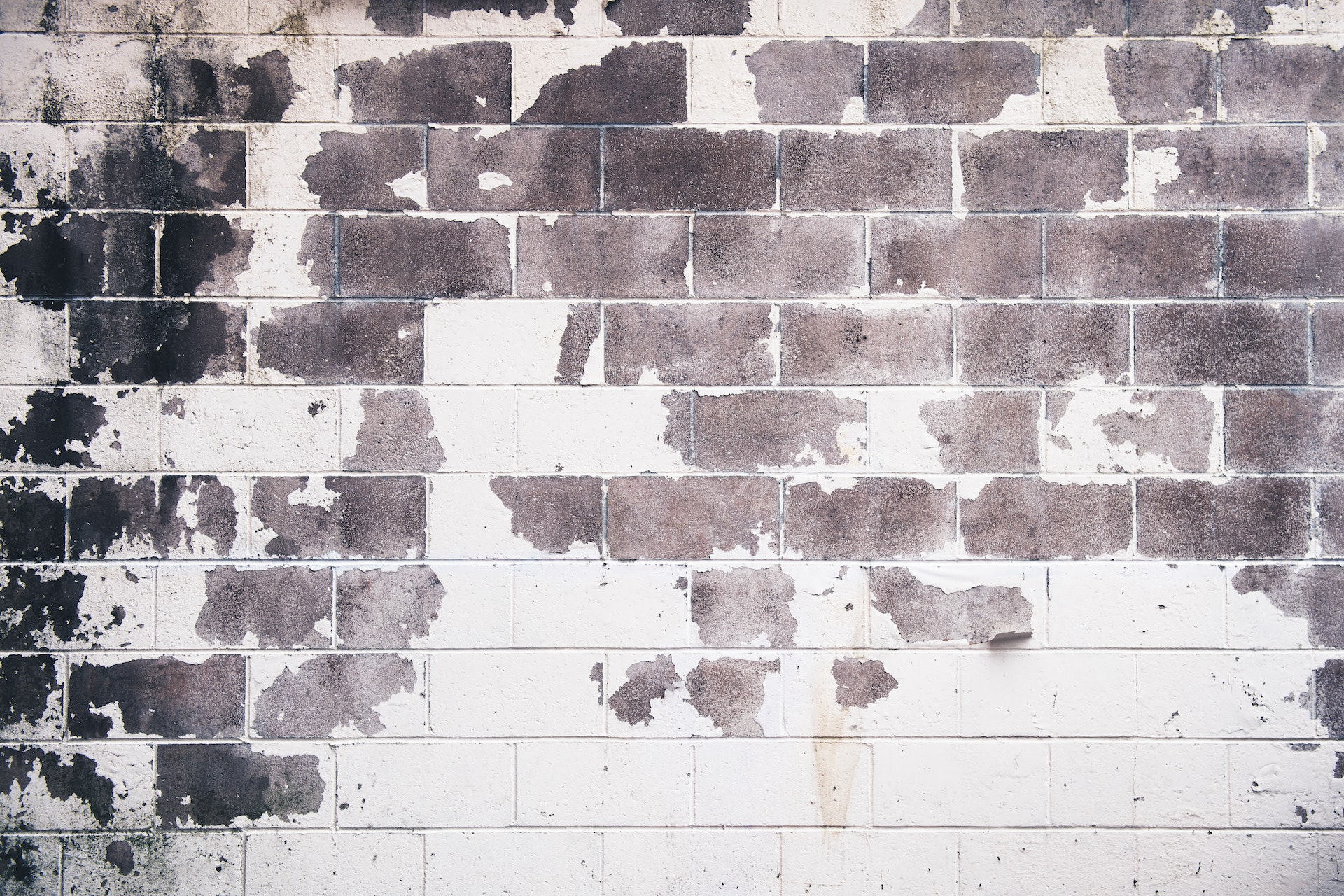How to Repair Spalling Brickwork | Tips for Maintenance and Fixing Masonry

How to Repair Spalling Brickwork | Tips for Maintenance and Fixing Masonry
The post How to Repair Spalling Brickwork | Tips for Maintenance and Fixing Masonry appeared first on UK Construction Blog.
Have you ever noticed cracks, flaking, or crumbling on your brick surfaces? These signs could indicate spalling brickwork, which can lead to structural damage and unwanted moisture ingress. By understanding, identifying, and addressing spalling, you can protect your property and maintain its aesthetic appeal. Let’s dive into the world of spalling brickwork and learn how to repair and prevent it.
Key Takeaways
- Spalling brickwork is caused by water infiltration, improper mortar and inadequate application of mortar joints.
- Proactive repair can prevent aesthetic damage, structural damage, mold growth and safety hazards.
- Repairing spalling brick requires removing damaged bricks, choosing the right replacement bricks & rebuilding with correct mortar. Proper drainage & maintenance are key to prevention.
Understanding Spalling Brickwork

Spalling brickwork, also known as brick spalling, occurs when the face of a brick deteriorates and detaches from the main body. This can create unsightly damage and weaken the overall structure of your brick walls.
Before you can prevent and repair spalling brickwork, it’s important to grasp its causes and effects.
Causes of Spalling
The primary cause of spalled bricks is water infiltration through the porous surface of the bricks. When water penetrates brickwork and freezes, it expands, causing sections of the brick to break away. Other factors contributing to spalling include improper mortar and inadequate mortar joints application. For instance, when pointing old brickwork, it is advised to refrain from using cement pointing on top of soft lime mortar.
Taking into account these factors can help you make informed decisions when repairing and preventing spalling bricks. Tackling the root causes of spalling helps maintain your masonry’s longevity and structural integrity.
Effects on Bricks and Structures
Spalling can lead to several undesirable consequences for bricks and structures. These include:
- Aesthetic damage to the brick wall
- Structural damage
- Water infiltration
- Potential safety hazards due to crumbling masonry
- Mold growth caused by excessive moisture.
Identifying spalling bricks and taking the right steps to repair and halt additional damage is vital to offset these effects. A proactive approach helps retain the aesthetics and stability of your brickwork while safeguarding your property from possible risks.
How to Identify Spalling Bricks

Identifying spalling bricks is critical in addressing the issue before it escalates into more severe damage. Signs of spalling bricks include:
- Cracks
- Flaking
- Crumbling in brick surfaces
- Visible deterioration of the brick surface due to moisture damage
These are clear indications that spalling occurs.
To spot spalling bricks, inspect brick faces for crumbling, particularly in areas exposed to water, such as north-facing walls and chimney stacks. Spotting spalling at an early stage allows you to act promptly for repair and prevention, thus safeguarding your brickwork’s longevity and safety.
Repairing Spalling Brickwork: A Step-by-Step Guide

Whether you’re a seasoned DIY’er or looking for professional guidance, this step-by-step guide will help you repair spalling brickwork.
Follow the steps below to remove damaged bricks, choose and prepare replacement bricks, and rebuild the masonry wall for a solid and lasting repair.
Removing Damaged Bricks
Before repairing spalling brick, the first step is to repair spalling brick by removing the damaged bricks. To do this, follow these steps:
- Use a hammer and chisel to carefully remove the bricks, taking care not to damage the surrounding bricks and mortar.
- Clear away any debris.
- Protect nearby plants or furniture by covering them with a tarp.
After removing the damaged bricks, it’s imperative to tidy up the area and dispose of debris correctly. By ensuring a clean and safe working environment, you can proceed with the repair process confidently and efficiently.
Choosing and Preparing Replacement Bricks

Choosing suitable replacement bricks is a fundamental aspect of successful repair. Look for bricks that match the existing brickwork in terms of color, texture, and size. If an exact match is not available, experiment with different mortar colors and textures until you find the ideal match.
Before installing the replacement bricks, soak them in water for a minimum of 24 hours. This step ensures that the bricks absorb sufficient moisture and are less likely to crack or crumble when exposed to heat. The durability and aesthetic appeal of the repair hinge on the correct preparation of the replacement bricks.
Rebuilding the Masonry Wall
With the damaged bricks removed and replacement bricks prepared, it’s time to rebuild the masonry wall. Select an appropriate mortar, such as Type N or Type S mortar. Use a trowel to apply the mortar evenly and fill any gaps, ensuring a strong and durable bond.
Lay the bricks in a staggered pattern, applying a thin layer of mortar between each brick. Smooth the mortar with a damp sponge for a clean finish. Adhering to the correct rebuilding techniques can help you regain your brick wall’s structural integrity and appearance, guaranteeing a repair that will stand the test of time.
Preventative Measures for Spalling Brickwork
Having learned how to repair spalling brickwork, you should now enact preventative measures to curtail the risk of future damage. Here are some steps you can take:
- Ensure proper drainage and moisture control.
- Select appropriate mortar and materials for your brickwork.
- Conduct regular inspections to identify any signs of damage or deterioration.
- Perform necessary maintenance, such as repointing mortar or replacing damaged bricks.
By following these steps, you can keep your brickwork in top condition and avoid costly repairs down the line.
Proper Drainage and Moisture Control
Preventing spalling bricks heavily relies on efficient drainage and moisture control. Install quality drainage systems to move water away from masonry structures, and apply a breathable sealant to bricks to prevent water infiltration while still allowing the bricks to expel moisture.
In addition to drainage and sealants, maintain your property by ensuring gutters, downspouts, and other water-diverting systems are functioning correctly. Regularly inspect and clean these systems to prevent water from pooling near your brick walls and causing damage.
Selecting Appropriate Mortar and Materials
Preventing spalling hinges on the selection of suitable mortar and materials for your brickwork. Select a mortar that is compatible with your bricks and the specific requirements of your masonry work. This is particularly important in historic buildings with softer bricks, where using an inappropriate mortar can lead to spalling and other structural issues.
Consult expert guides and resources to make an informed decision about the best cement mortar and materials for your project. By utilizing the correct materials, you can ensure the longevity and structural integrity of your brickwork.
Regular Inspections and Maintenance
Habitual inspections and maintenance are crucial in spotting and rectifying potential issues before they evolve into spalling. Here are some steps to follow:
- Inspect your brickwork at least annually, or more frequently if exposed to inclement weather conditions.
- Look for signs of damage, such as cracks, discoloration, or crumbling mortar.
- Take appropriate action to repair and prevent spalling.
By following these steps, you can ensure the longevity and durability of your brickwork.
Consistent inspections and repairs help prolong your brickwork’s lifespan and shield your property from potential spalling-related hazards.
Professional Help for Spalling Brickwork

Although experienced DIY’ers can handle some spalling brick repairs, you should consider professional assistance for more significant damage or if the repairs exceed your skills. Professionals can offer expert guidance on the repair process, evaluate the extent of the damage, and provide services such as brickwork repairs, moisture management, and preventive measures.
When seeking a professional, consider their experience in brickwork repairs, understanding of the repair process, and reputation. Securing the services of a proficient professional guarantees successful repair and enhances your masonry’s longevity.
Summary
In conclusion, understanding, identifying, and addressing spalling brickwork is crucial for maintaining the structural integrity and aesthetic appeal of your property. By following the step-by-step guide to repair spalling brickwork, implementing preventative measures, and seeking professional help when necessary, you can protect your property from potential hazards and costly repairs. Take action today to ensure the longevity and beauty of your brickwork for years to come.
Frequently Asked Questions
How do you fix brick spalling?
To fix brick spalling, use a chisel, hammer or power tool to remove the damaged brick, then clean the area with a pressure washer or brush and water. Allow it to dry completely before mixing a batch of mortar according to manufacturer’s instructions and replacing the new brick into place. Lastly, cure the mortar before use.
What is spalling brickwork?
Spalling brickwork is the process of cracking, peeling, crumbling or chipping of bricks, which eventually results in the surface breaking away from the main body and exposes the softer portions to the elements.
Are spalled bricks a problem?
Spalling bricks can pose a serious threat to the structural integrity of a building, so it is important to assess the risk and take action as soon as possible.
What preventative measures can be taken to avoid spalling brickwork?
To prevent spalling brickwork, ensure proper drainage and moisture control, use the correct mortar and materials, and perform regular inspections and maintenance.
When should I seek professional help for spalling brickwork?
If the damage to your brickwork is extensive, beyond your repair capabilities or you require expert assistance, you should seek professional help.
Comments are closed